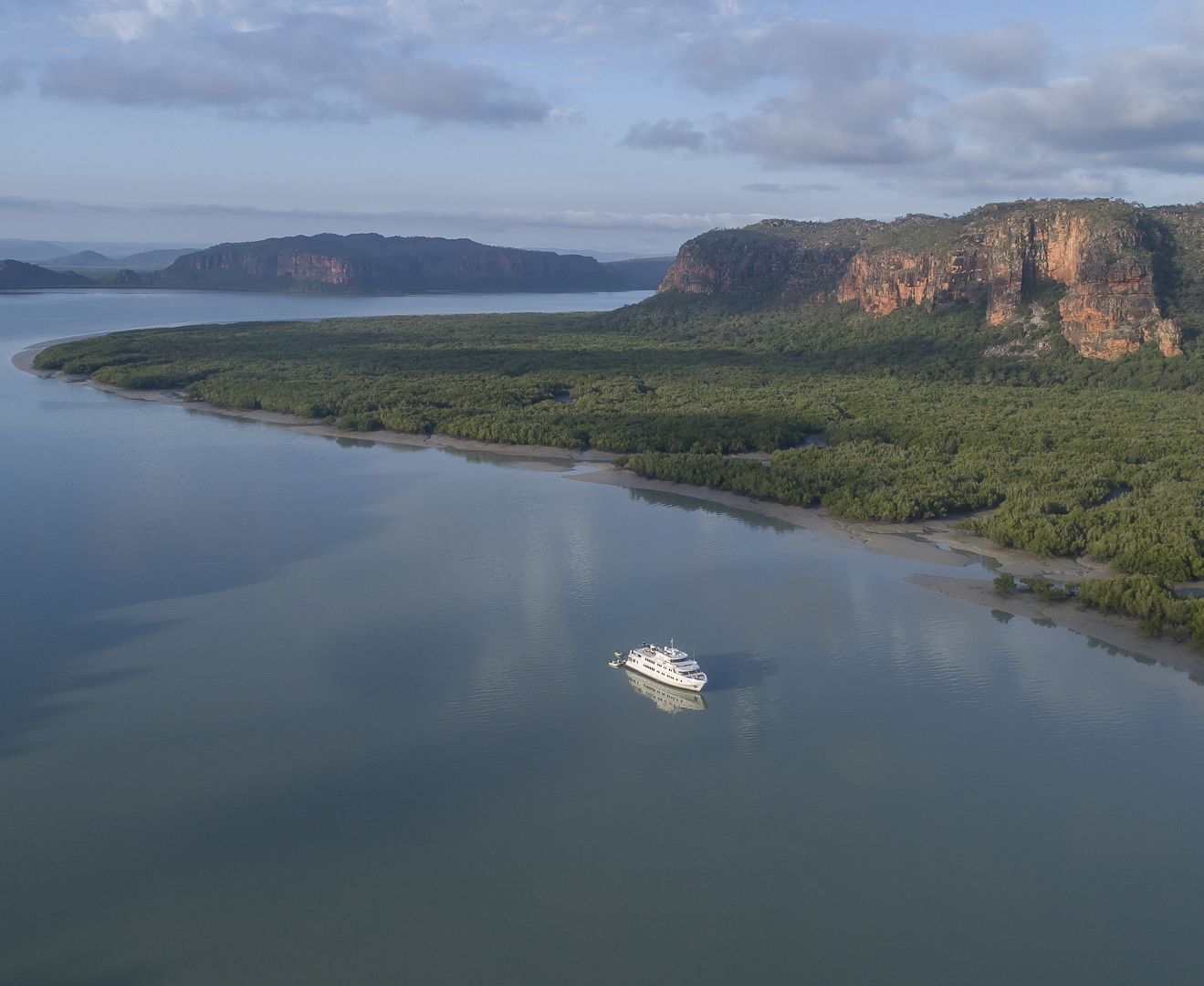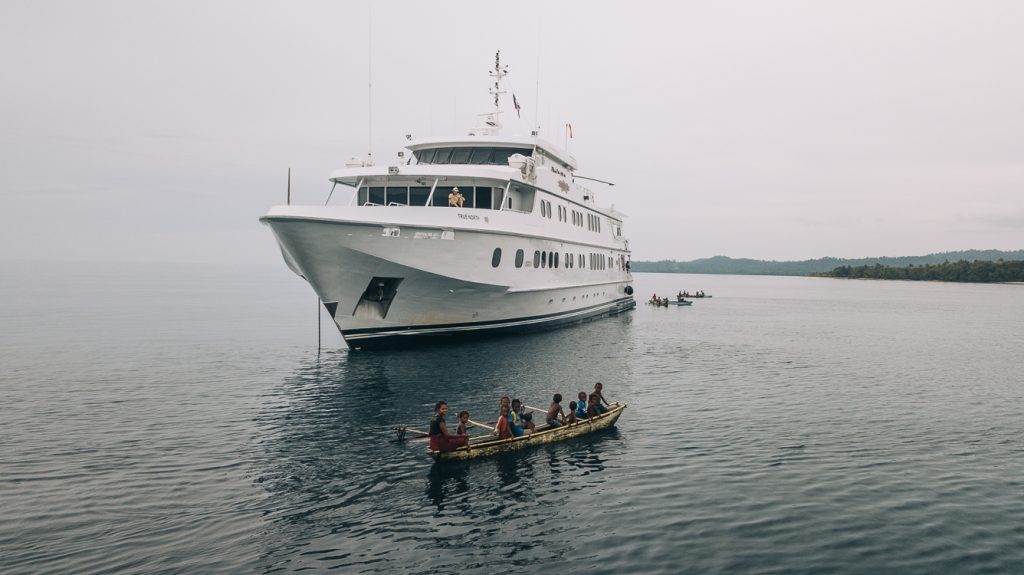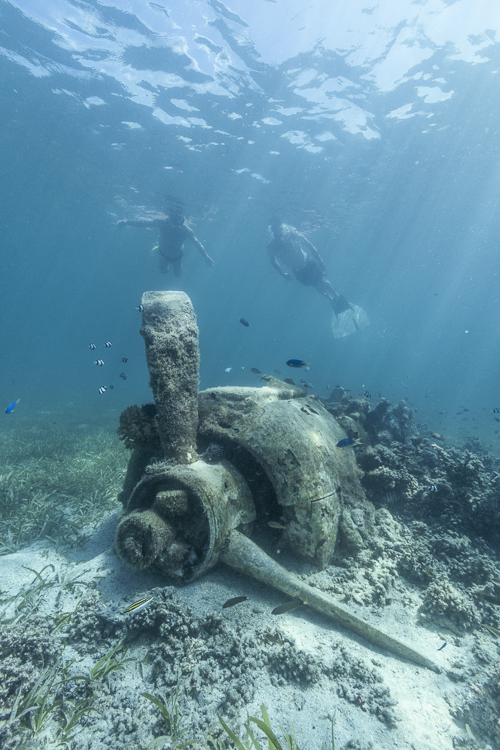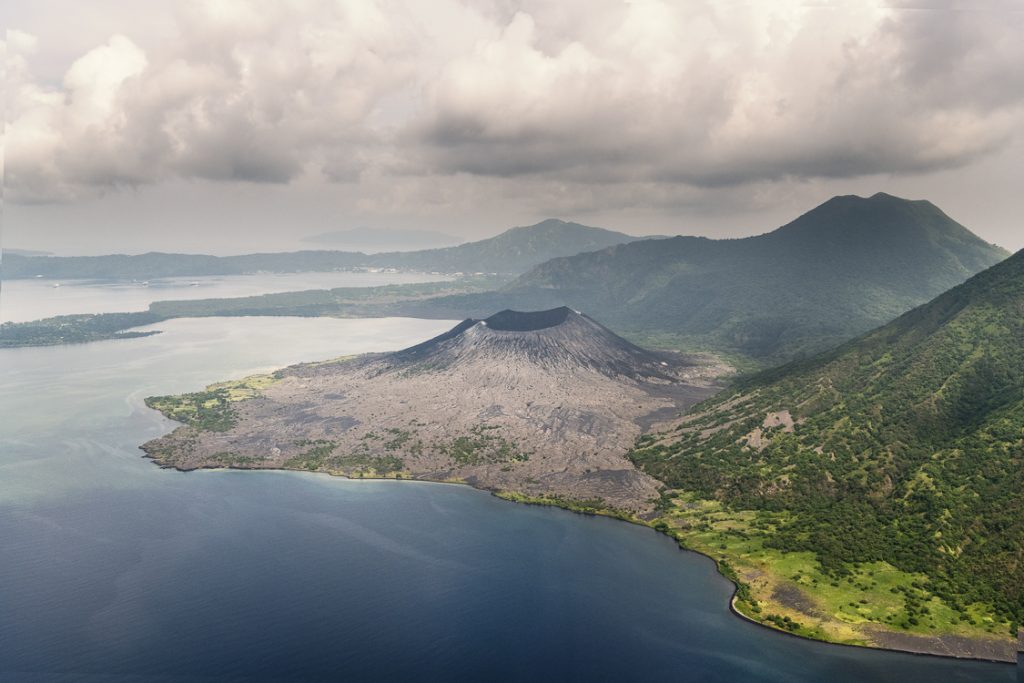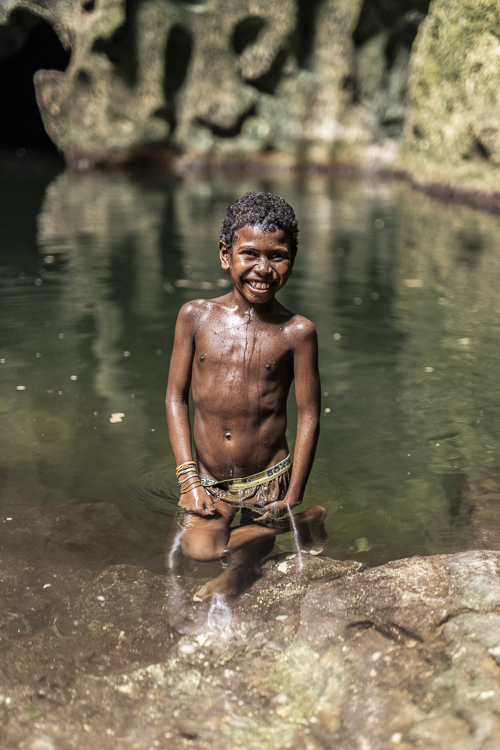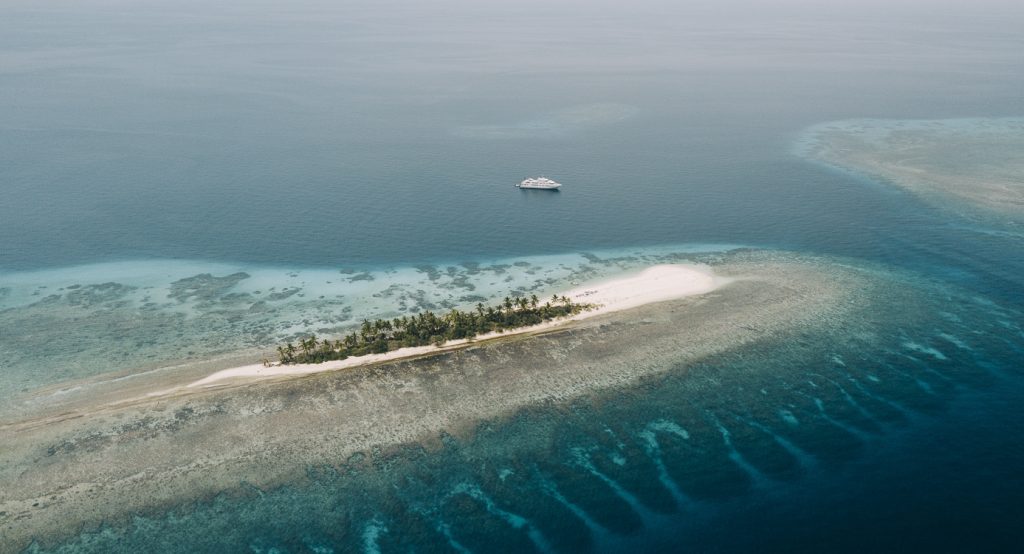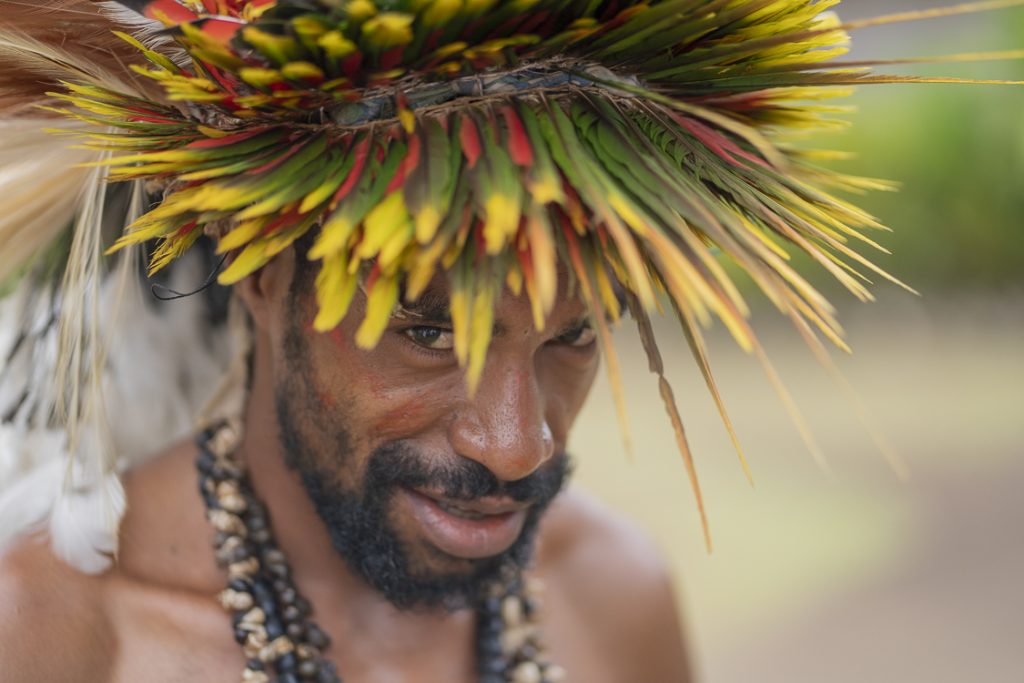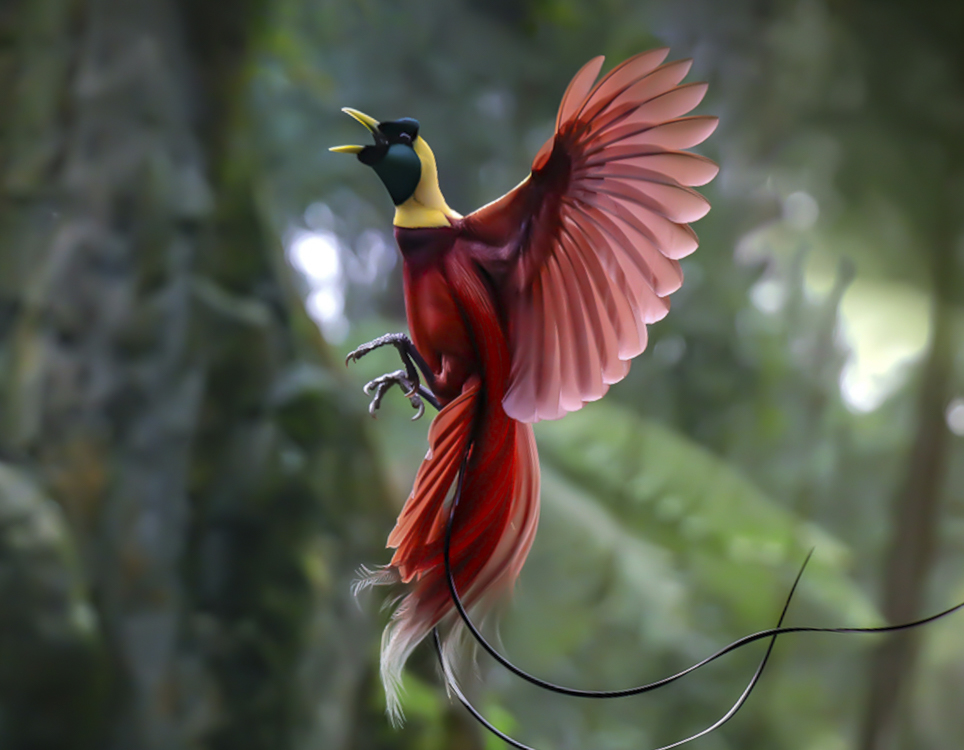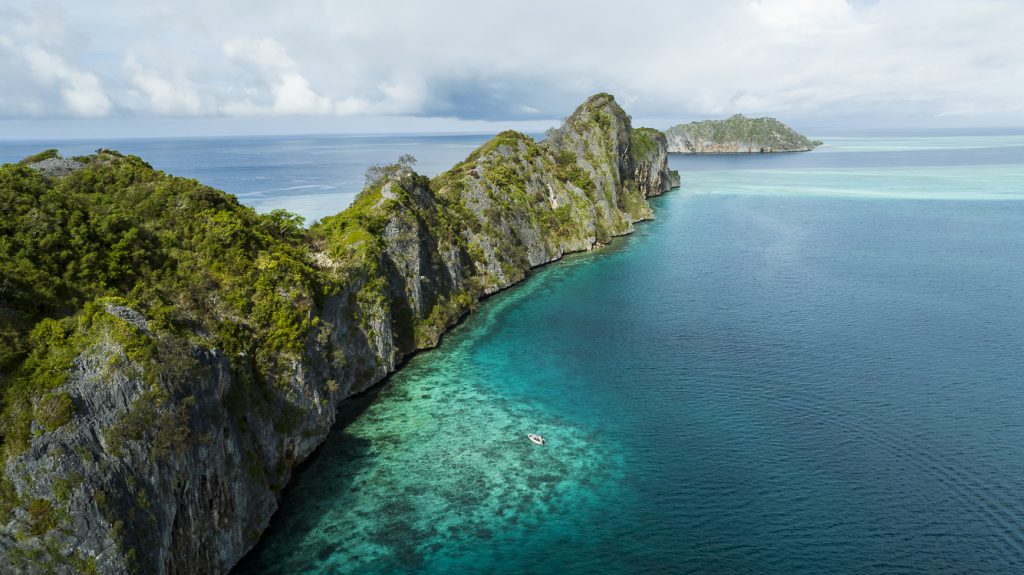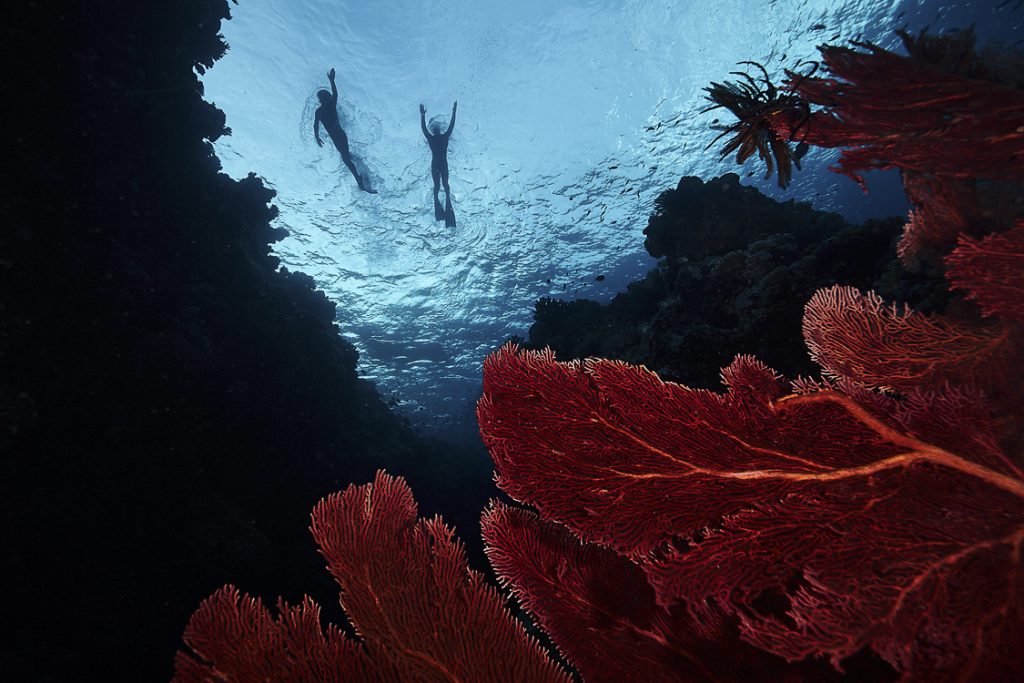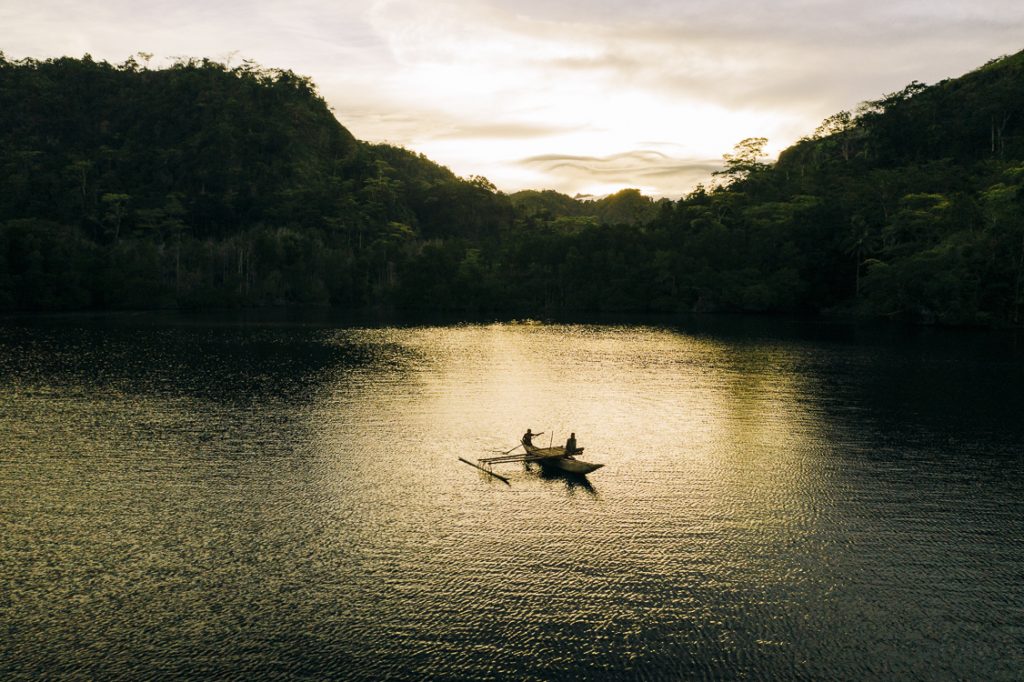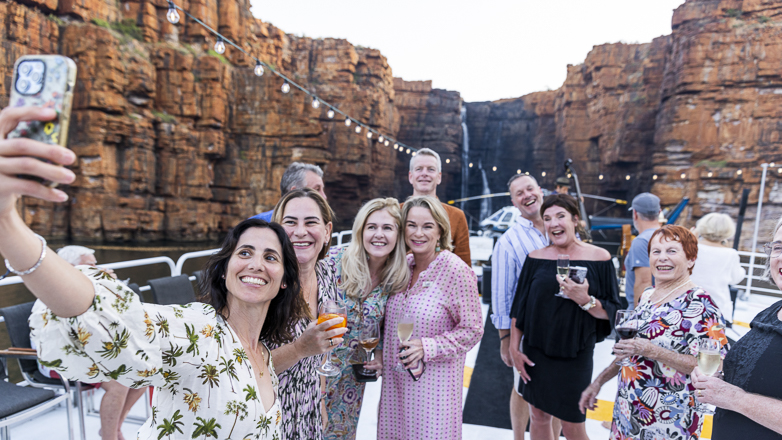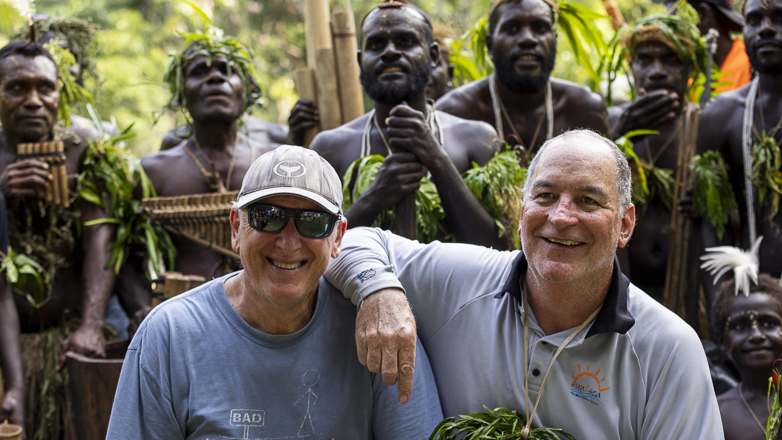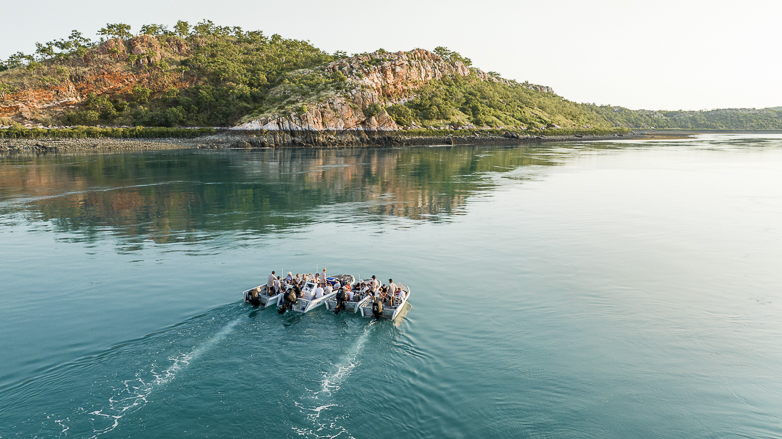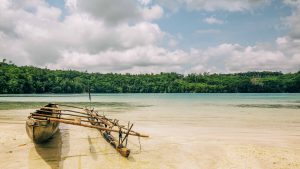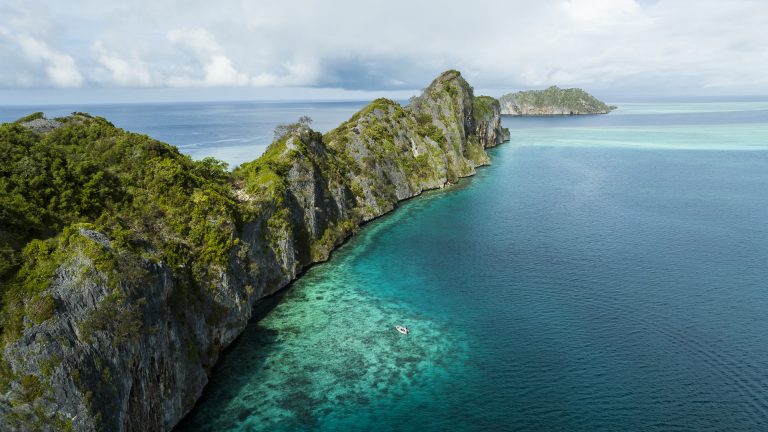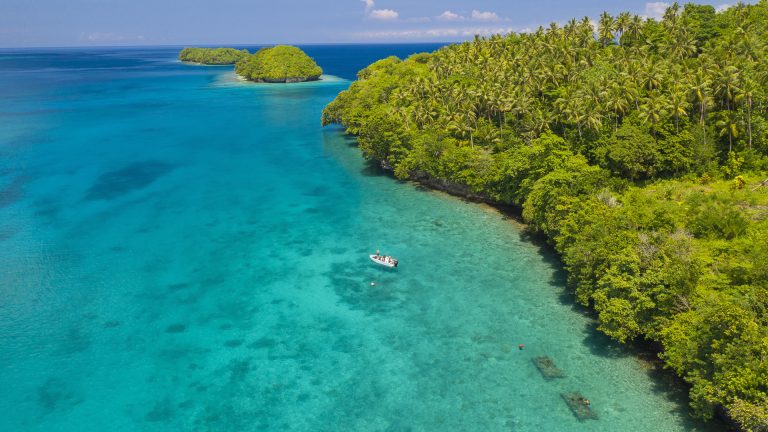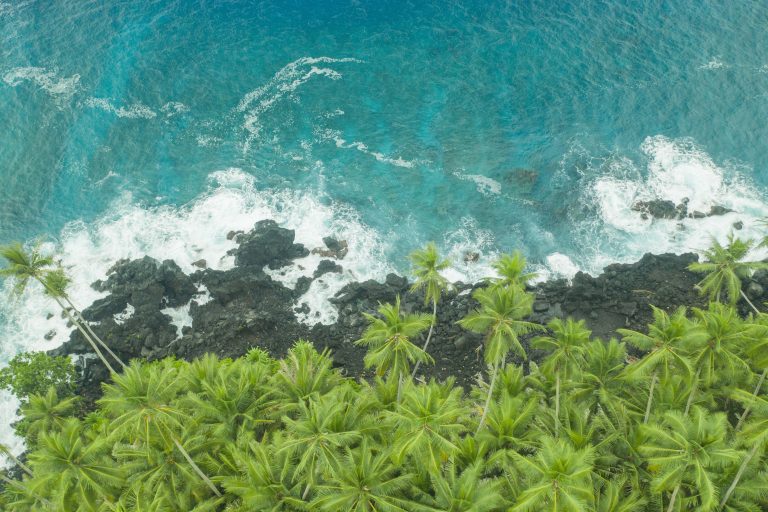
Adventures in Paradise
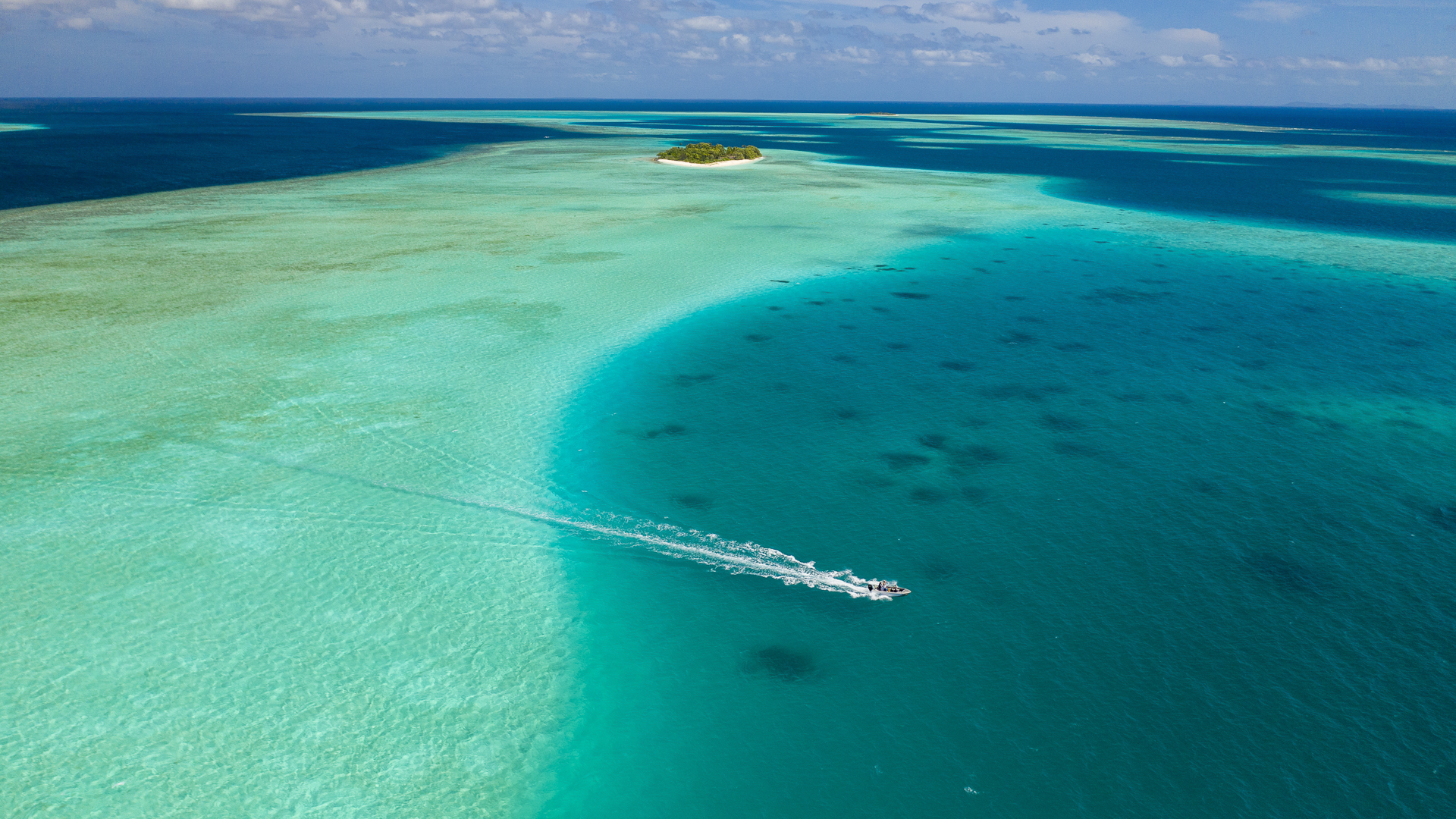
Overview
This is our most refined Indo-Pacific voyage
An adventure packed with diverse destinations and fascinating experiences. From the Bismarck Sea to the beautiful Louisiade Archipelago, this itinerary travels through a stunning tropical landscape of island and reef. Fly in the helicopter over the active volcano at Rabaul and visit the stirring Isurava memorial on the Kokoda Track. Swim with manta rays, snorkel endless coral walls in the Lusancay group and enjoy sunset drinks on your ‘very own’ sand cay! Oversize mackerel, dog-tooth tuna and coral trout will keep the anglers busy. Our Melanesian friends greet us with a warm hospitality that is normally reserved for returning family and the smiles and laughter of their children will leave lasting and cherished memories.
Return charter flights ex Cairns ARE INCLUDED in the tariff. This itinerary is provided as example only – prevailing conditions, local arrangements and indeed, what we discover on the day, may cause variation. Helicopter flights can be purchased additional to the indicated tariff as a package or individually.
ITINERARY
Beloved by True Adventurers
Guest Reviews
Departure Dates
Upcoming Departures
Per person in $AUD, based on double occupancy of cabin.
Per person in $AUD, based on double occupancy of cabin.
Booking Enquiry
Adventure starts here
Discover More
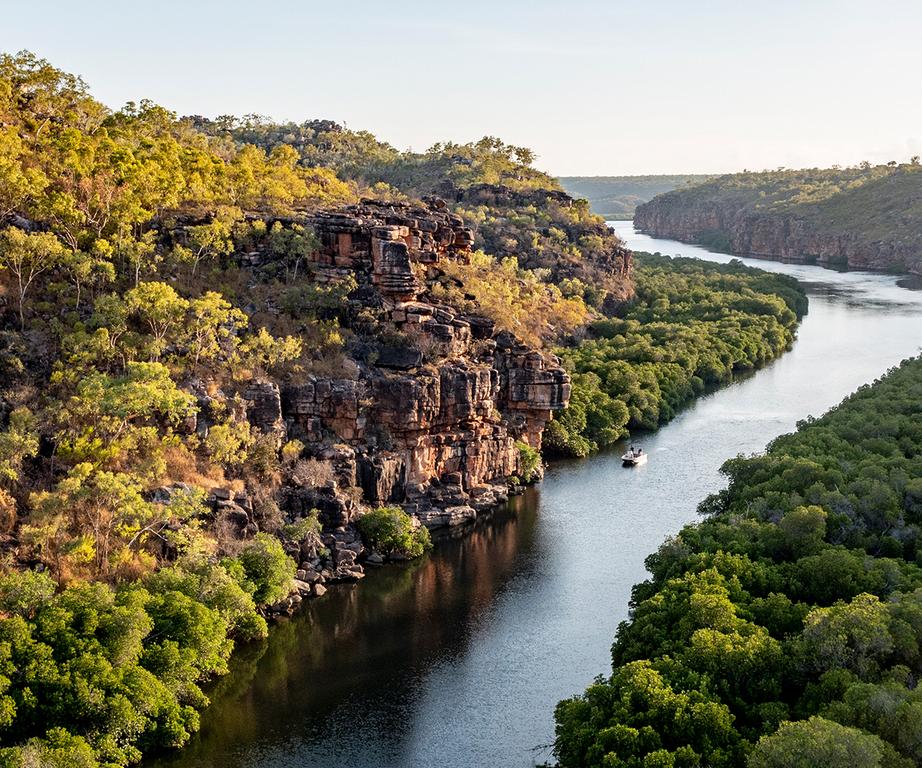
Guest Reviews
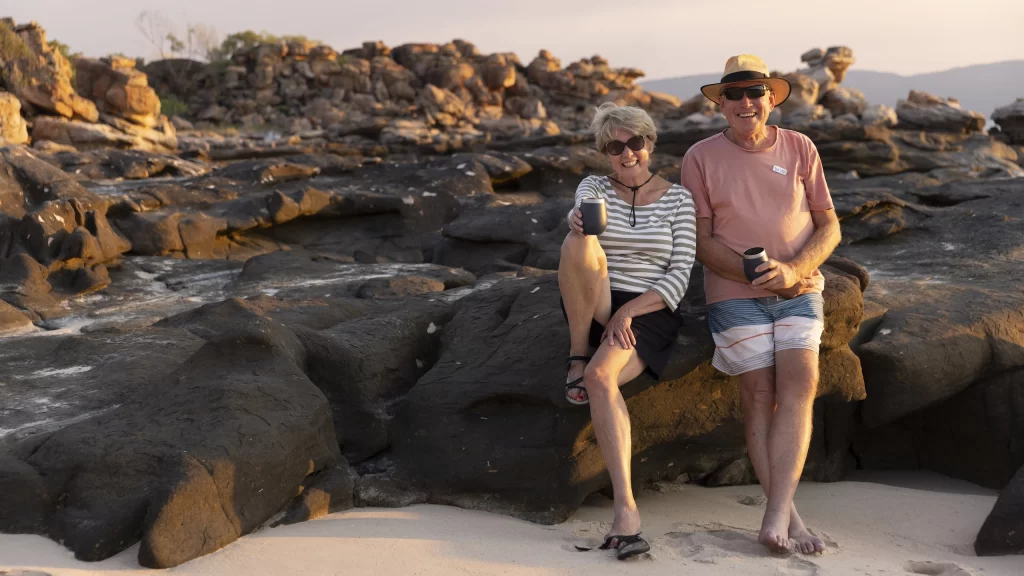
Blog
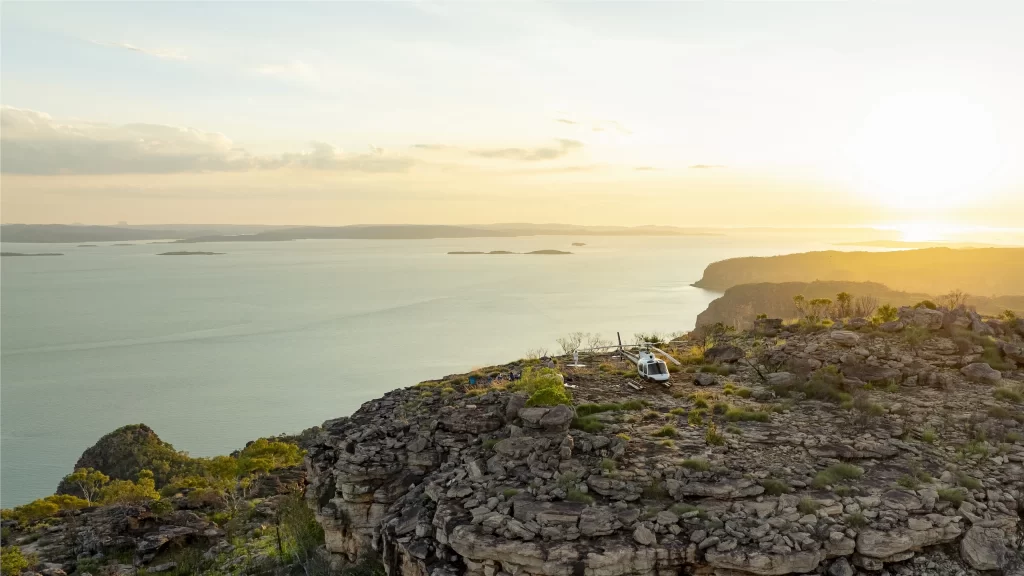
Videos and Podcasts
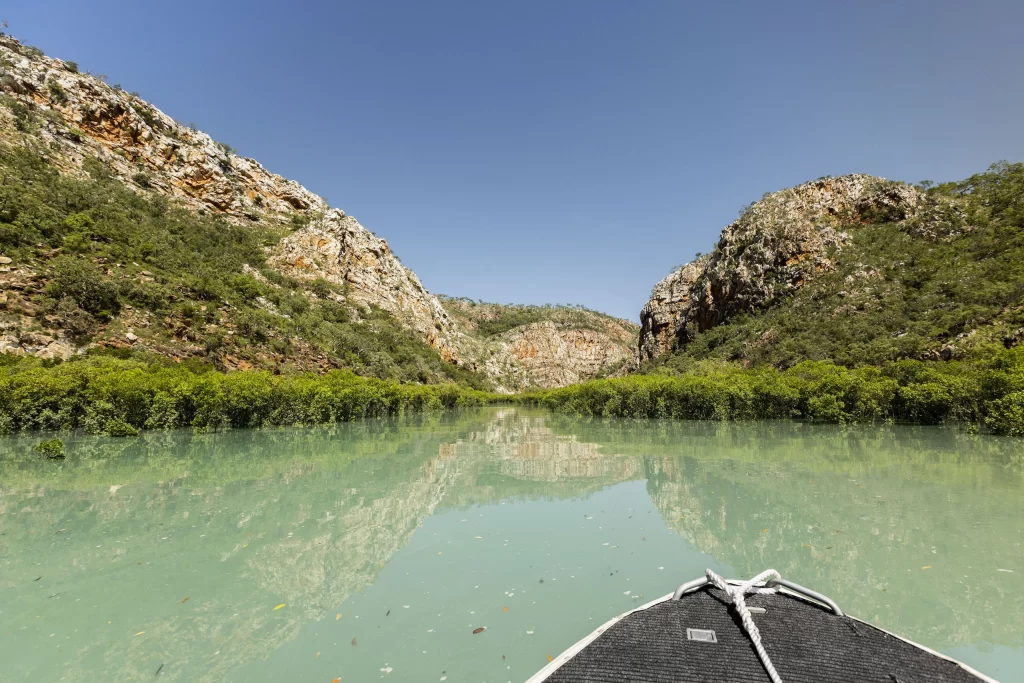
Download Itinerary
